By Laura Rancie.
FIVE FACTS ABOUT THE HISTORY OF CHEESE YOU NEED TO KNOW:
- Early cheeses were very salty as a means of preservation.
- Cheese comes from the Latin word caseus.
- It is commonly thought that cheese dates to 8000 BC.
- Over time cheese became creamier as the need for salt to preserve it lessened.
- .Switzerland is responsible for mass production of cheese starting in 1815.
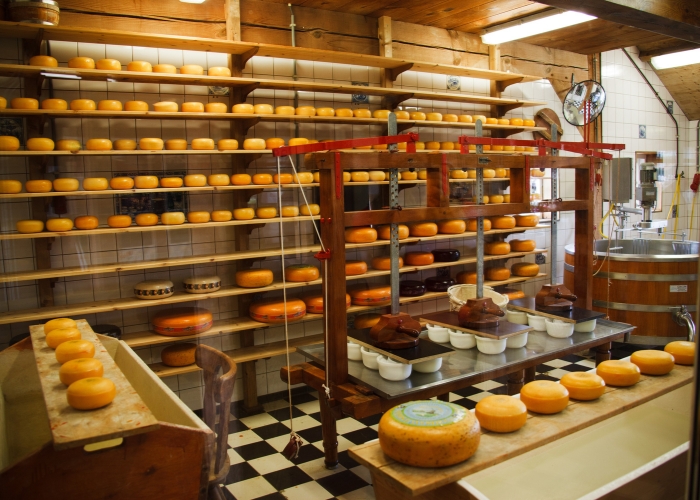
ROMAN EMPIRE CHEESE:
Although the exact beginnings of cheese and the art of cheese-making remain veiled in uncertainty, during the era of the Roman Empire, cheese-making had achieved widespread recognition and was held in high regard across Europe and the Middle East. During the time of Julius Caesar, an extensive assortment of cheese varieties had been crafted and traded throughout the Empire and beyond. The Romans, through their meticulous documentation and diligent experimentation, played a significant role in enhancing and perfecting cheese production techniques employed at the time.
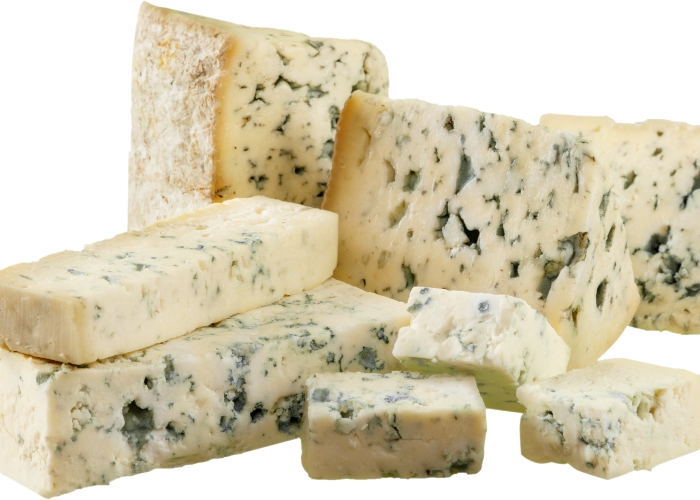
879 AD GORGONZOLA and ROQUEFORT:
Gorgonzola is thought to have been made in the Po Valley in Italy in 879 AD, making Italy the cheese-making centre of Europe during the 10th Century. There are ancient records in a monastery at Conques, in France, mentioning Roquefort as early as 1070.
FRENCH WOMEN AND CHEESE:
After the fall of the Roman empire, several cheese recipes disappeared. However, some production secrets remained hidden in monasteries that continued to make cheese. Many of their recipes, such as Maroilles, Munster and Pont-L’Évêque, still exist today.
Starting from the 13th Century, French farms experienced significant cheese production. It was during this period that peasants first invented regional cheeses. Notably, women seeking a source of income and recognising the potential of dairy production established the very first cheese co-operative.
This marked the beginning of a French tradition with the belief that cheese-making was predominantly a skill possessed by women. The art of cheese-making was passed down from mothers to daughters, constantly evolving and refining over generations. During this era, the preservation of cheese freshness and the delicate nature of transportation led to its sale and consumption being restricted to local markets.
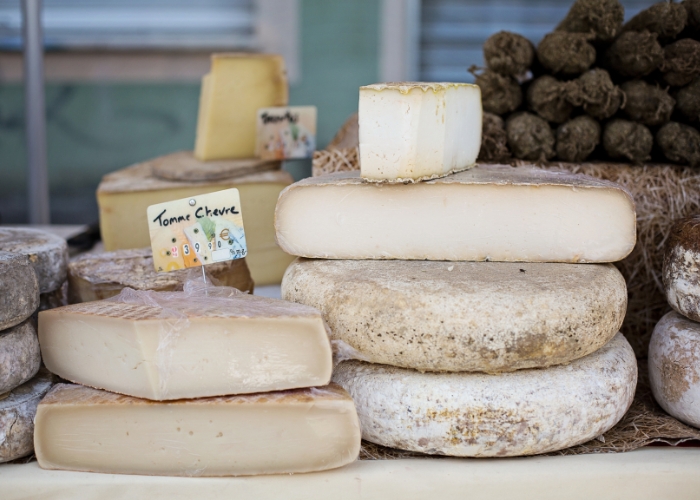
DATING CHEDDAR AND PARMESAN:
Many of today’s popular cheeses were made before the arrival of the Renaissance and the establishment of new trading routes – cheddar around 1200 and Parmesan in the late 1590s. Many others came in 17th and 18th Centuries.
THE MAYFLOWER BRINGS CHEESE TO AMERICA:
In Europe, cheese-making thrived and became a well-established culinary tradition. Interestingly, when the Pilgrims embarked on their journey to America in 1620 aboard the Mayflower, they ensured that cheese was among their essential supplies. Once in the New World, the art of cheese-making spread somewhat, but it primarily remained a localised farm industry until the 19th Century. It wasn't until 1851 that Jesse Williams built the United States' first cheese factory in Oneida County, New York, marking a significant milestone in the industrialisation of cheese production.
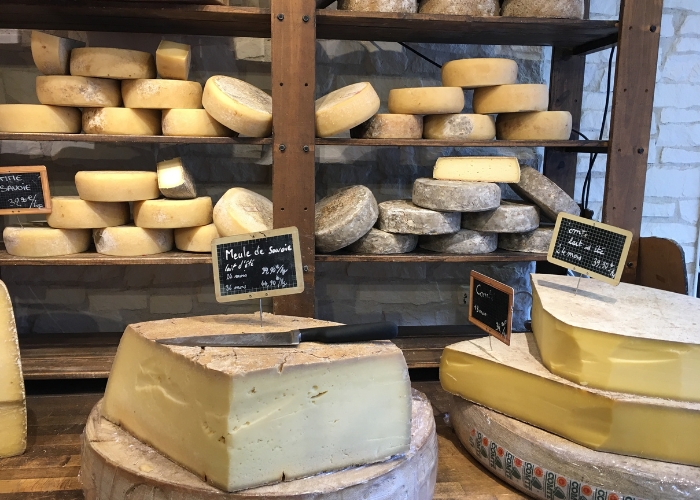
CHEESE COMES TO AUSTRALIA:
Australia’s first commercial cheese factory – the Van Diemen’s Land Company – was established in Tasmania in the 1820s. Not long after, farmers from the NSW district of Illawarra began to send their cheese and butter to Sydney by sea. As more ports opened, dairying extended all the way down to Bega in southern NSW.
Historically Australian cheese bore very little resemblance to those available in Europe and while we are not up to European standards yet by quantity, we do stand in stark contrast from where we started just in the 1800s when considering the vast range of artisan cheeses on offer in Australia today.
Aussie cheese-making regions like Gippsland, Nimbin, Atherton Tablelands, Tasmania and King Island, as well as the Bega Valley Shire and the Murray region, are quite literally churning out fresh cheese like ricotta, quark and labneh that is delicate and mild, Goats' cheese that is fresh and tangy, crumbly and soft depending on the techniques and aging processes used.
We have excellent blue cheese varieties in various potencies from King Island and Tarago. Australian brie and camembert varieties, though not up to French standard, have some quality offerings from smaller artisanal dairy makers bringing body, depth and creaminess using a wide array of production processes and maturation conditions. There is momentum and great passion in the cheese industry within Australia that is exciting and worth supporting.
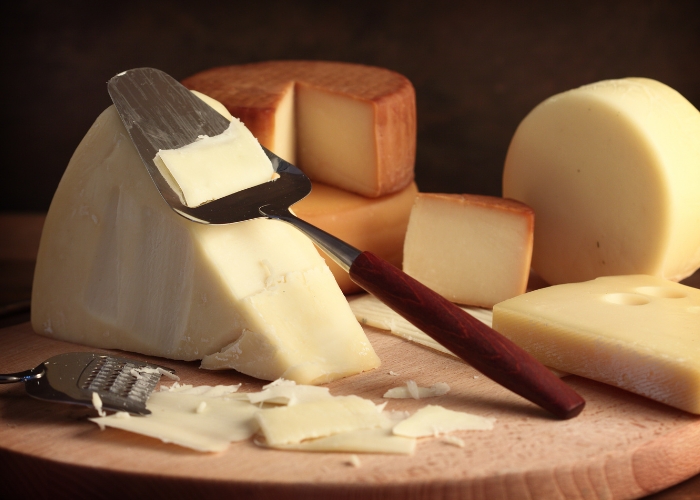
WORLDWIDE:
In 2018, archaeologists discovered the world's oldest cheese in a tomb in Egypt. The cheese was approximately 3200 years old and still intact in its burial jar. An astounding discovery, albeit one that this cheese lover would not want to taste even a morsel of that particular mould. After all with 22,651,606 tonnes of cheese produced per year, there is plenty more cheese in the dairy.






